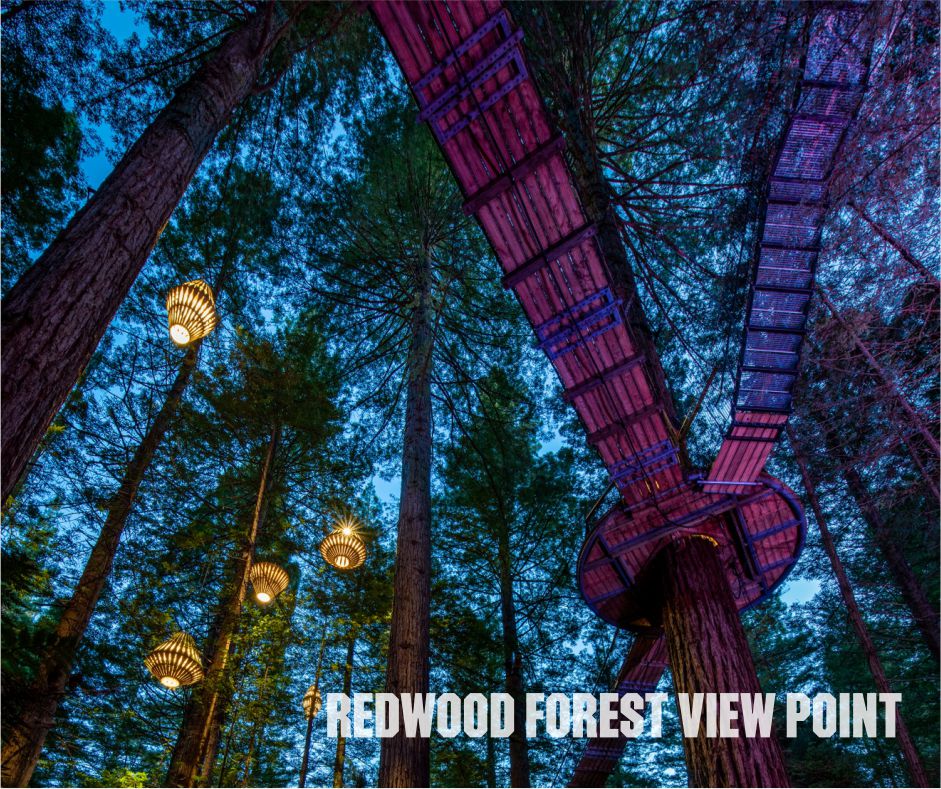Redwood Forest in New Zealand: A Majestic Haven of Natural Beauty

Introduction
The Origins of Redwood Forest
Establishment of Whakarewarewa Forest
Historical Significance
How to Get to Redwood Forest
Best Times to Visit
Accessibility for All
The Redwood Forest is committed to being an inclusive destination. Well-maintained pathways and trails ensure that visitors of all ages and abilities can enjoy the beauty of the forest. Information centers and guided tours provide additional support, making the forest a welcoming place for everyone.
Majestic Redwood Trees
The towering redwoods are undoubtedly the stars of the Whakarewarewa Forest. Planted over a century ago, these trees create a dramatic canopy that filters sunlight, casting a dappled glow on the forest floor. Walking among these giants is an awe-inspiring experience, offering a sense of peace and connection with nature.
Flora and Fauna of Redwood Forest
Unique Geothermal Features
Hiking and Walking Trails
Mountain Biking in Redwood Forest
Canopy Tours and Treewalks
Picnic and Relaxation Areas
Guided Tours and Educational Programs
Horse Riding Trails
Forest Bathing and Wellness Activities
Photography Hotspots
Annual Events in Redwood Forest
Seasonal Changes and Activities
Conservation Efforts
New Zealand Tour Packages
FAQs
- What is the best time to visit Redwood Forest?
The best time to visit the Redwood Forest is during spring and summer when the weather is warm and the flora is in full bloom. However, each season offers its own unique experience.
- Are there guided tours available in the Redwood Forest?
Yes, there are several guided tour options available. These tours provide valuable insights into the forest’s history, ecology, and cultural significance.
- Can I bring my dog to the Redwood Forest?
Pets are generally allowed in certain areas of the Redwood Forest, but it is advisable to check specific regulations beforehand.
- What should I bring for a visit to the Redwood Forest?
Visitors should bring comfortable walking shoes, weather-appropriate clothing, water, and a camera. It’s also useful to carry a map of the trails.
- Are there any entry fees for Redwood Forest?
Entrance to the Redwood Forest is typically free, although some specific activities or tours may have associated costs
Conclusion
Alpine Jet Thrills and Canyon Safaris offer an unparalleled adventure experience in New Zealand. With their blend of natural beauty and high-octane thrills, they provide a perfect way to explore the country’s rugged landscapes. Whether you’re a seasoned adventurer or a first-time thrill-seeker, these tours promise an unforgettable experience that will leave you wanting more.


Comments are closed